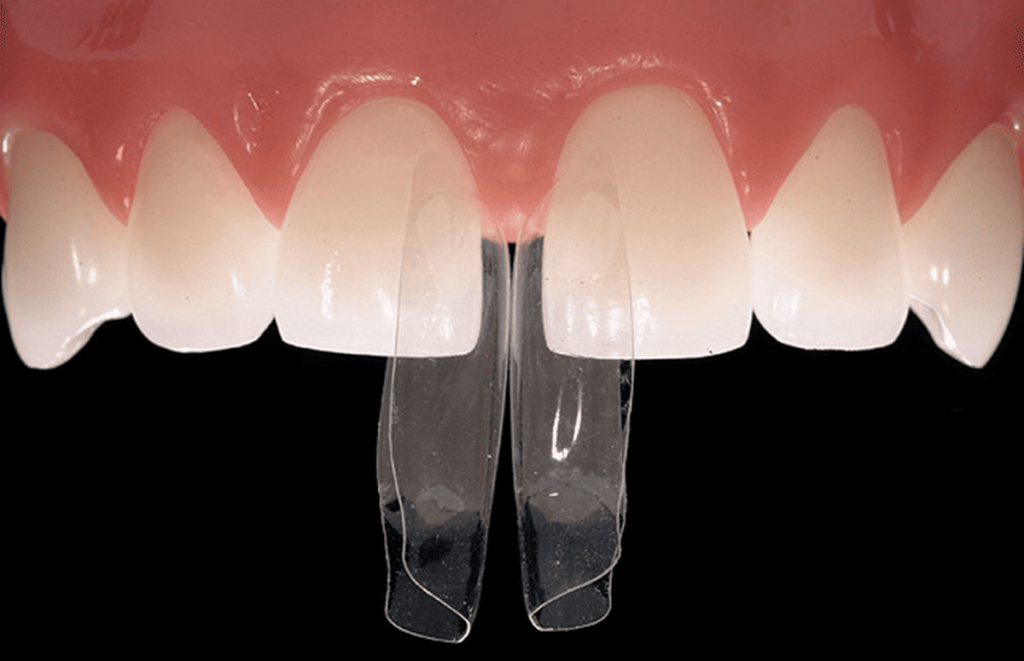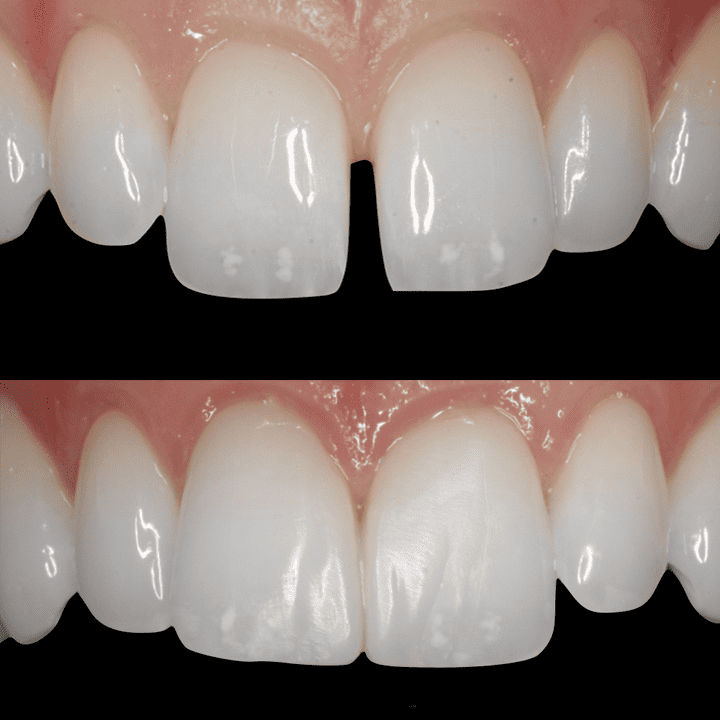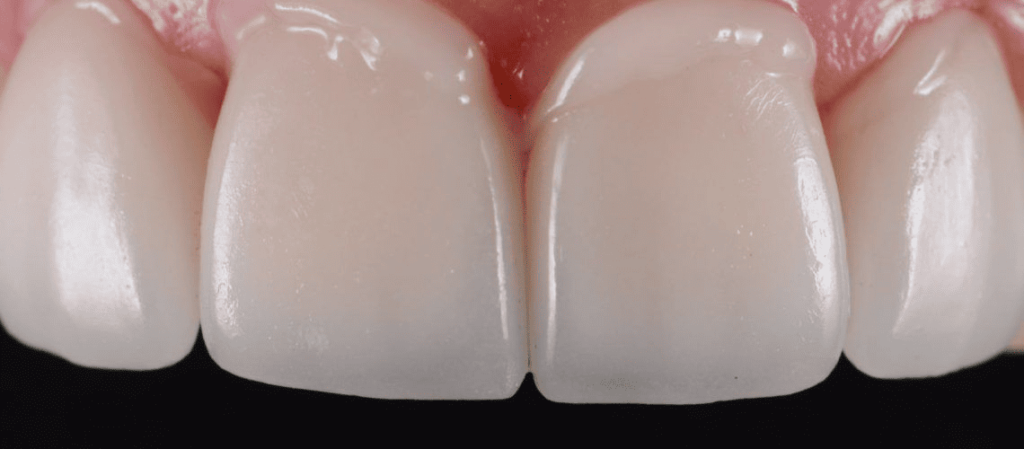With the advancements in dentistry, many procedures are practiced for teeth improvement. Dental bonding materials are widely used in cosmetic and restorative dental procedures. The dental bonding adhesive is a tooth-colored composite resin applied to teeth repair damage, close gaps, and improve smiles. What makes dental bonding materials truly indispensable is their ability to blend seamlessly with natural enamel.
In this article, we’ll look at the details of dental bonding materials, their properties, and their applications. We’ll also discuss how these materials are transforming the dental industry.

What is dental bonding?
If you have minor imperfections in your teeth and don’t want to get extensive dental procedures, dental bonding may be the perfect solution for you. This minimal procedure involves applying a composite resin material that allows quick and effective improvement to your smile. This procedure can change the shape, color, or size of teeth. Dental bonding material is used for the following concerns:
- Cracks
- Gaps
- Discoloration
- Ununiform appearance
- Decayed teeth
- Exposed roots
Even if these problems are not urgent over time they can lead to serious oral health problems. In general, fixing these problems can play a vital role in your health. A bright smile also improves your confidence.

What is dental bonding material?
The dental bonding material is a composite resin matched with the color of the teeth. It is used to attach devices such as crowns and veneers to the surface of teeth. You can think of it as dental glue also known as dental adhesives. It is made of a durable mixture of plastic and fine glass particles. To match the natural teeth it can be shaped, molded, and polished. It not only enhances the appearance but also improves the function of teeth. The versatility of this material allows it to be used for cosmetic and functional purposes. Its common application includes filling cavities, repairing damage, or improving the shape and size of teeth. The dental bonding material is malleable which makes it easier to work during application. Its properties like affordability, minimally invasive application, and the ability to deliver natural-looking results make it a crucial material in dentistry.
Properties of Dental Bonding Material
Let’s look at the properties of dental bonding materials that make them effective for both cosmetic and restorative applications:
Durability and Strength
While choosing dental bonding material you want to choose a material that is durable and can withstand the biting forces and high pressure in the mouth. Under high pressure it should not crack or chip. The longevity of a dental bonding material largely depends on its ability to endure daily wear and tear.
Dental bonding materials have undergone extensive testing and consistently demonstrate high durability under typical chewing conditions. In addition, to improve the restoration’s overall lifespan self adhesive cements are used. Composite resins offer a strong yet durable solution.

Visual Appeal
One of the important properties of Dental Materials is their ability to blend into teeth and give an overall natural appearance. To achieve this the color of the material should be matched with the natural teeth color.
Foods and beverages like coffee and berries can stain the dental bonding materials. To overcome this problem advanced resins are specifically formulated to withstand stains.
Safety and Biocompatibility
For a material to be used in the human body it should be biocompatible meaning it should not cause any adverse reactions in the body. Safety is the most important factor when considering these materials. Most dental bonding materials are biocompatible and they integrate well with the body. Studies are conducted in the labs to confirm that these materials are safe. Inflammation and adverse effects are the most common risks associated with these materials.
Types of Dental Bonding Material
To achieve a durable, natural-looking, and functional result you must choose the right dental bonding material. For making an informed decision you should know about different types of dental bonding material. Here’s an overview of different dental bonding materials:
1.Composite Resin
Composite resin is the most widely used dental bonding material. Here are some of its features:
- It can withstand everyday chewing forces because it forms a strong bond with tooth structure.
- To give a flawless finish it can be color matched with the teeth.
- It is easy to repair if you crack it somehow.
2.Glass Ionomer Cement (GIC)
Glass ionomer cement is used especially for the areas that are less visible. It is also ideal to use for children.
- It releases fluoride that helps prevent future decay.
- It eliminates the need for additional adhesives because it bonds directly to the enamel and dentin.
- GIC does not cause irritation and is gentle on surrounding tissues.
- Best for restorations below the gumline.
3.Ceramic
For high aesthetic quality and durability, ceramics are the best dental bonding materials. Ceramic materials include porcelain.
- It is stain-resistant and maintains its bright and clean appearance over time.
- Without compromising on strength it provides a natural lifelike appearance.
- With proper care, they can last for many years.
4.Amalgam
Even though amalgam is not used very commonly in dental bonding it is still a practical choice for many scenarios. If you are looking for a budget-friendly option amalgam should be preferred.
- Under normal usage, it can last over a decade.
- It is time-saving for both patients and dentists as it can be applied efficiently.
One downside of amalgam is that it has a metallic appearance so it is typically avoided for visible areas of the mouth.

FAQs related to Dental Bonding Materials
What is the cost of dental bonding material?
The dental bonding material cost depends on the brand and the type of material itself. These materials are used in dental bonding and it can cost somewhere around $200 to $500 for a single tooth.
What is the purpose of a dental bonding material?
You can think of dental bonding material as dental glue. It is used to attach restorative devices such as crowns or veneers to the surface of teeth.
What is dental bonding material made of?
Dental bonding material is primarily composed of a tooth-colored composite resin. It is a mixture of several key components. These materials are designed to mimic the natural structure and appearance of teeth.
What is the best dental bonding material?
There’s no single material best for all the procedures. The best dental bonding material actually depends on the specific needs. For example, if aesthetics are most important, you should choose ceramics. But if you prefer cost-efficiency amalgam might be more suitable for you.
Conclusion
Modern cosmetic and restorative needs demand for versatile materials. Dental bonding materials play a crucial role in this. These materials are required to repair cracks, close gaps, or improve teeth’ shape and appearance. These materials include composite resin, glass ionomer cement, ceramics, and amalgam. You choose the best dental bonding material based on your needs such as durability, appearance, and budget.
Overall these materials have transformed how dental issues are addressed. For precise restorations and superior results, it is important to have high-quality material. That’s where Aidite excels. As a leader in advanced dental materials, we provide dental materials designed for precision, strength, and aesthetics. For dental professionals choosing aidite empowers them to achieve exceptional, lasting results.



